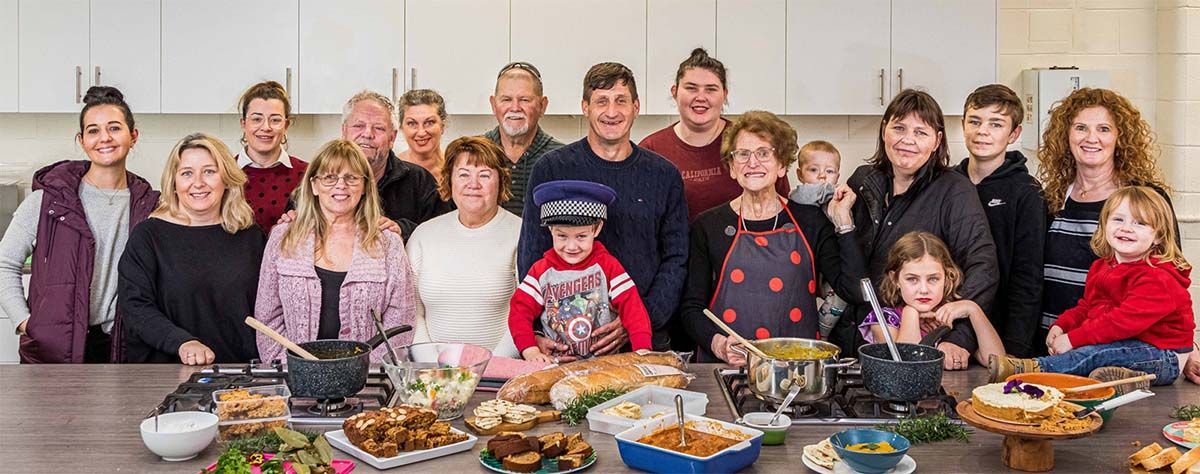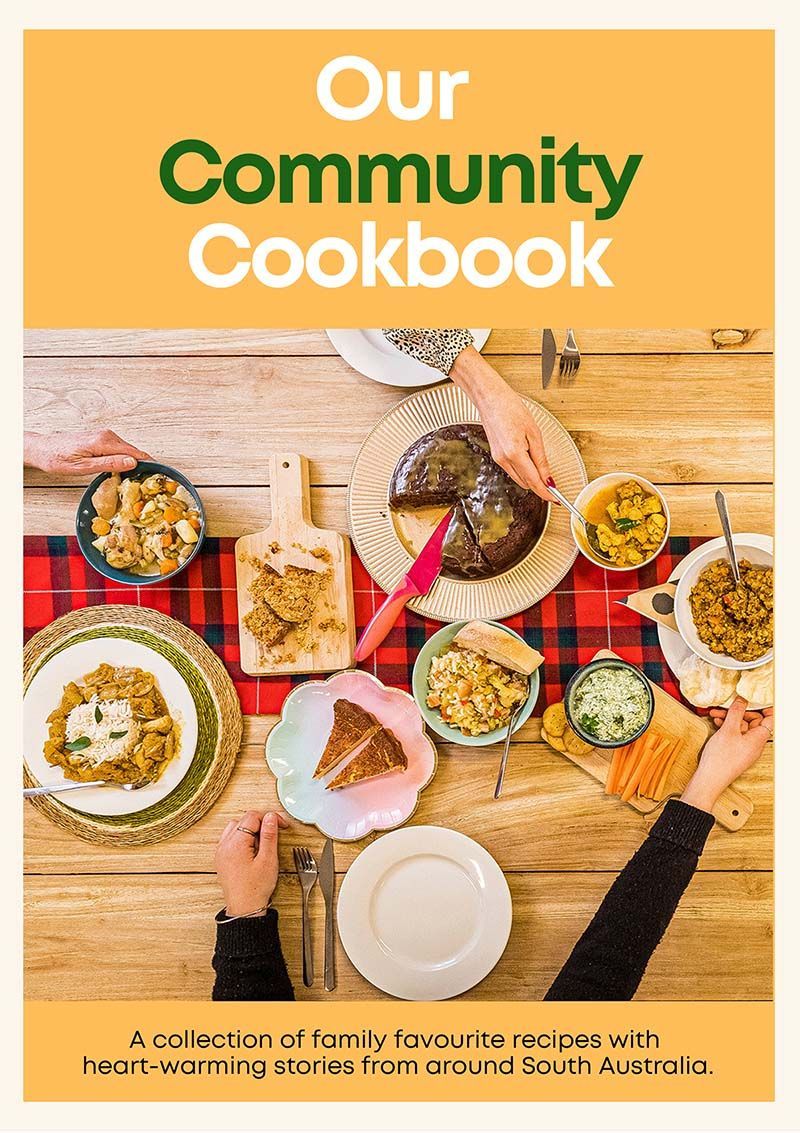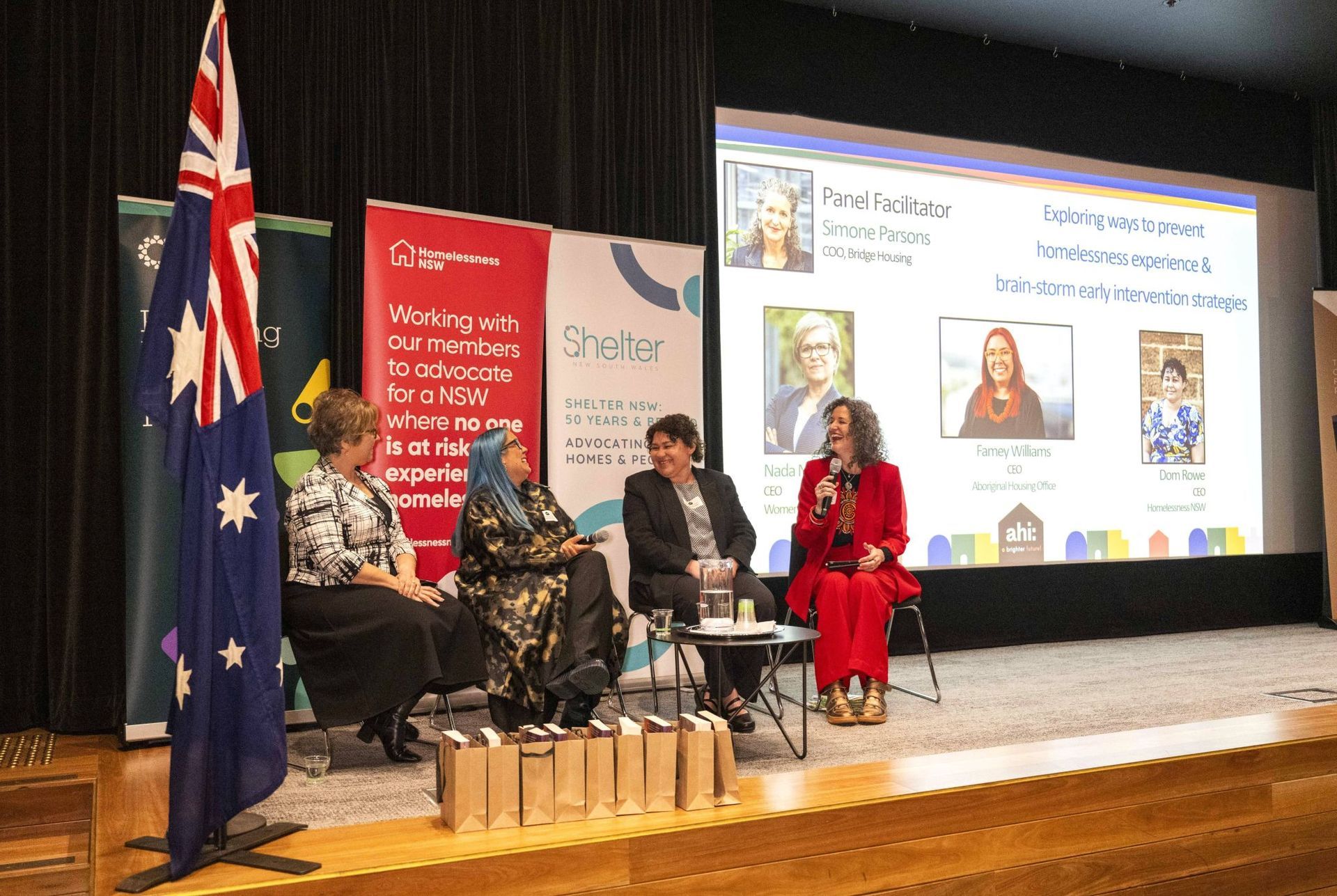Having come to be known by locals as the ‘Alberton Dip’, this recipe has been colourfully rendered on a Stobie pole right outside an independent supermarket in the Adelaide suburb of Alberton — handy for people on their way to catch up with friends for drinks or nibbles, and who may not know what they’re going to bring to the party.
Ingenuity and excellent artistry aside, the Alberton Dip is one of many recipes featured in a cookbook highlighting the culinary and cultural delights made by Unity Housing tenants throughout South Australia.
“You must make the Alberton Dip,” enthuses Trish Burden, Community Inclusion Manager and steward of Unity Housing’s Our Community Cookbook project. “It makes a really big batch, and it's good for feeding a crowd if you've got people over for any occasion. It’s really tasty."
One of 18 select recipes featured in the book, the Alberton dip, like so many of the other contributions from Unity tenants, has a great story behind it.
“That recipe came to us by someone driving past and seeing it on a Stobie pole in suburban Alberton,” Trish explains. “So, through our investigative skills, we tracked down how that project came to be, and whose recipe it was. The heartwarming backstory to the Alberton Dip is intergenerational and we’ve included it in the cookbook. But there are so many other good stories also."











